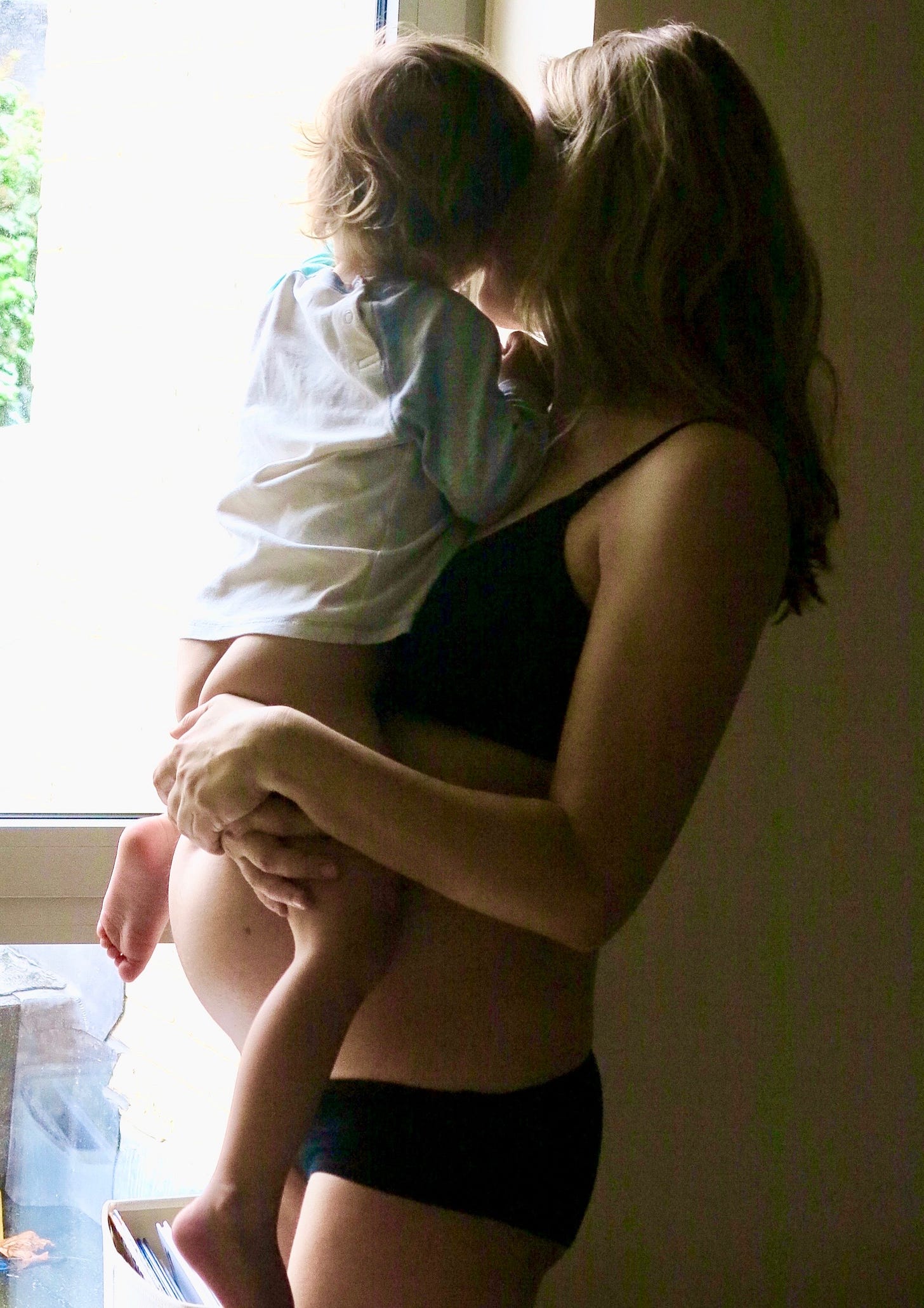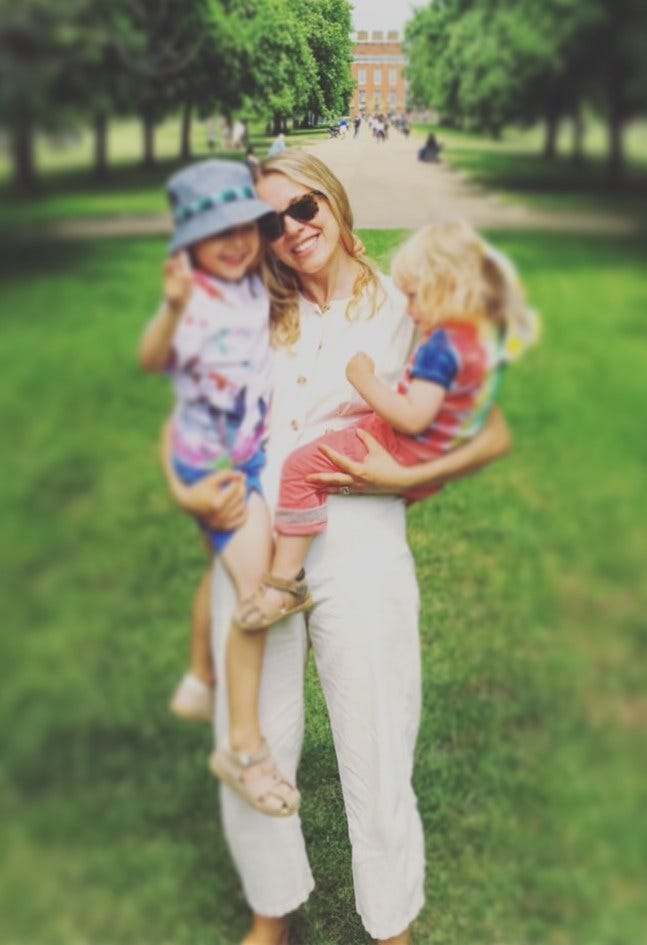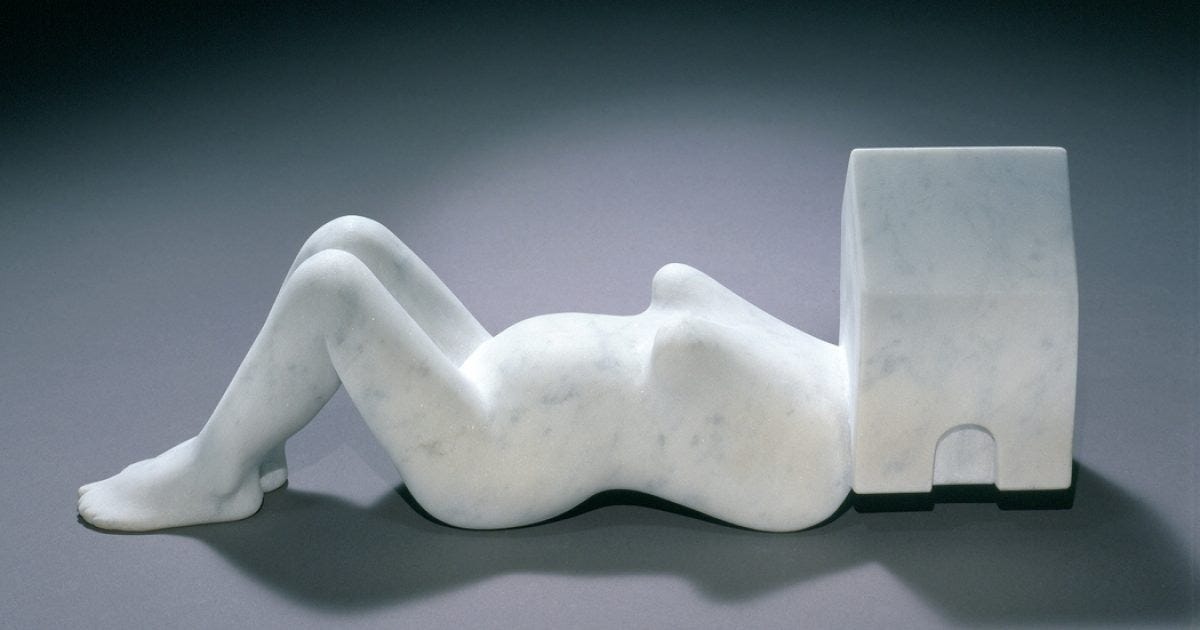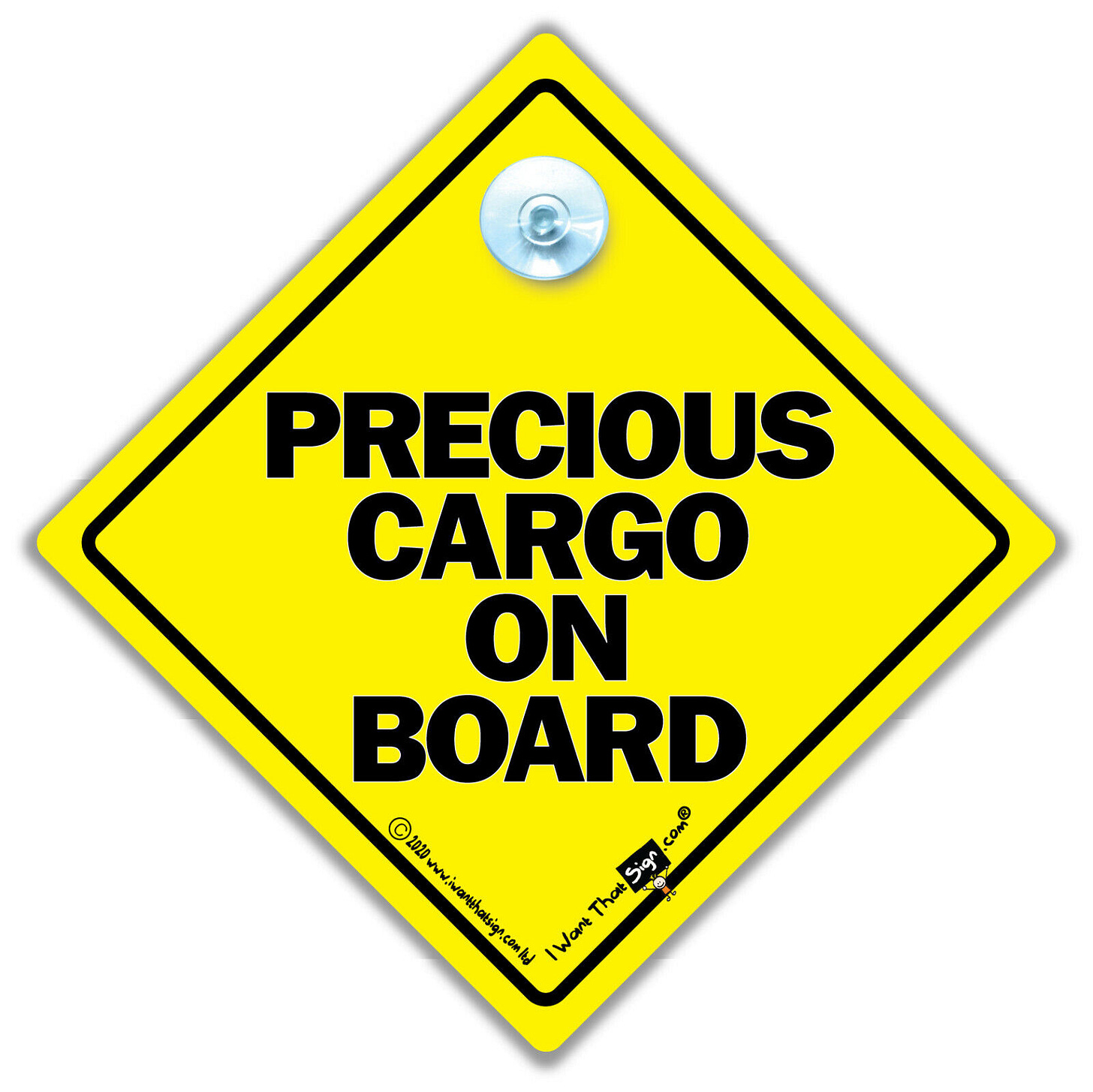The Weight of It All (a.k.a. The Mother-Load*)
On bearing the literal and metaphorical burden of motherhood and language

“How old are your children?” asks the doctor.
“Just turned six, and almost nine,” I respond.
“Oh good, then you’re not carrying them on your hip anymore.”
“Wellllll, you see, I still sometimes do but, like only for a second.”
[Doctor gives a suspicious look to patient.]
“Are you still pushing a buggy? Because you know that can pull on your groin muscles,” doctor asks.
“Oh no, no, no, she is out of the buggy now,” I say, remembering how last weekend we took the stroller (buggy = stroller) to get bags of soil for planting (we don’t have a car) and my daughter jumped in for a quick ride on our way there.
I have been having hip and groin pain on my right side for about 10 months. It comes and goes but was so bad recently, I was limping and couldn’t put much weight on my right leg. I am desperate to figure out what’s going on. I’ve gone to two physios, two osteopaths, three different doctors, massage therapy, had an X-ray and now waiting for more imaging. I’ve been told it is likely joint inflammation, or maybe tendonitis, no, bursitis, actually, a groin injury, and someone also mentioned sciatica.
There is a word in Gurindji, a Pama–Nyungan language used by the Indigenous people in the Northern Territory in Australia that means “to carry a child on the hip”: Ngamurlu. Yes, I am breaking my own rule here about not romanticizing “untranslatable words” but just this time, I love there is one word for a ubiquitous caregiving action. No, I don’t carry my six-year-old often but yes, I am a sucker when she asks to be carried to bed sometimes because, the realist (or maybe the fatalist) in me thinks, maybe this is the last time — ever!

Over the years, I have also carried our heavy-ish stroller up and down hundreds of flights of stairs in London. It was not only our children’s main transport, but where we stored all the kid-related shit you must bring everywhere. Last weekend, when I took the buggy to get soil, I ran my hands over the handlebar, the muscle memory kicked in and for a moment, I was transported back to when my children were babies. My nostalgia got the best of me, and I had to ice my hip and groin when I got back.
In my early twenties, I took a fundamentals of yoga class for credit at university. In my defence, I already had a love affair with yoga at that time and thought it would be interesting to learn more about its history and the physiology behind the asanas. Plus, I was going through a break-up, dealing with other life-changing stuff, and decided I needed something to “ground me”. After a class focusing on hip openers, while lying in savasana, I began to sob uncontrollably. The teacher came up to me and said something like, “Remember, this is not real, you are only releasing what has already passed.” Apparently, hips are a goldmine of repressed emotions.
As this is a newsletter mostly about mothering and language, you may have foreseen what I am about to do next. There are many idioms around this idea of physically hauling something substantial: bearing the brunt, carrying the burden, a heavy load/burden, the mental load, the weight of the world on someone’s shoulders and, wait for it, precious cargo.
From a New York Times article about minimizing stress injuries from carrying a baby:
“Certainly, “repetitive stress” (like “terrific workout”) sounds like a metaphor for parenting and for family life in general, but it’s decidedly only a partial metaphor. Still, you can very literally get injured, and physical therapists do warn that it’s important to be especially careful during those months of lifting, dressing, diapering, carrying and car-seating your ever-imperceptibly heavier bundle of joy.”
I often talk about mothering being heavy, or the weight of it all. Sometimes, the emotional becomes the physical; the metaphor becomes fact. I also write a lot about mothers as the embodiment of a home language for multilingual families. In many bilingual families, especially when considering the convoluted yet common term “mother tongue”, the mother is considered a vessel for culture, language and often, even the bond between generations. The weight of it all, both physical in its monitoring, maintenance, keeping up with language classes, but also highly emotional with, for example, ensuring children are learning a heritage language to communicate with grandparents, is a lot. What is the maximum weight?

Earlier this week, linguistics Twitter was on fire after an article in The Guardian was published with the bold headline, “Talking to babies may help shape brain structure, research finds”. As I always note, reading about scientific studies in mainstream media is its own beast. Headlines are there for attention and clicks, studies are often not examined closely (think: correlation does not equal causation, and no one bothers to look closely at sample size, inherited differences of the participants, etc.), and conclusions are drawn on very little, sometimes no, evidence. We all rolled our eyes at another language-related article without the input of an actual linguist, but on a serious note, were enraged because these studies and subsequent articles are discriminatory and based on deficit-based thinking that marginalized communities are to blame for, well, everything.
Here are some of the messed up “findings” the article notes:
“Children with more highly educated mothers were exposed to greater amounts of adult speech, and themselves produced more vocalisations.”
“The researchers add the associations for both age groups were stronger, at least in the right hemisphere of the brain, for children of more highly educated mothers.”
“Children who are exposed to more language at home and have higher myelination will also have inherited genes from parents who are more linguistically able. We need to test for this potential genetic effect before we can attribute it to the linguistic environment,” she said.
What?! “Linguistically able” – what does that even mean? And, “highly educated mothers”, what is the threshold for “highly” and how do you measure what is and isn’t education.
As I’ve written before and many other linguists I admire and learn from every day responded to the article, language interventions are not solutions to socio-economic inequalities and injustices. Is communicating with your babies and children a good thing? Of course. But a mother who works three jobs, is worried about how she will pay for food and diapers needs resources, support systems, quality childcare and not to be told she does not talk to her child enough. Tell me again, how many (invisible) loads can one mother carry? What is the maximum weight of it all?
The article manages to really bury the lede (a journalism term for hiding the most important part of the story) by finishing on this line:
“There is currently no consensus around the amount of optimum input children should receive, and caregivers should not necessarily feel pressure to talk more to their children.”
I remember learning about visual weight in my magazine journalism days. It is a measure of how much something in a magazine/newspaper/website layout draws a reader’s/user’s attention. The more something attracts the eye, the higher the visual weight. A big and bold headline heralding that talking to babies helps brain structure has a lot more visual weight than the last line of a long article, a short and unassuming caveat that in fact, caregivers should not feel pressure to talk more to their children.
Continuing with the weight metaphor, the scales are tipped.
Should I do one more? I really want to. Here it goes:
It is time to take the load off mothers!
*I used “mother-load” here on purpose in case anyone wants to call me out on motherlode versus motherload. Although, it’s a common mistake because “lode” refers to a large abundance, a geological reference to something like gold when mining. The correct spelling is “motherlode” but of course, “motherload” as in the heaviest (also, “mother of all loads”) makes perfect sense.





Great essay. My wife sent it to me after I just published my own essay on lifting your kids (and the physicality that comes with parenting, and how dads get it easy!)
https://www.thenewfatherhood.org/p/lets-get-physical
You’ve made so many important points in this post. I’ve never thought about how the “repetitive stress” of caregiving is barely acknowledged. Although I’ve felt it--I too have suffered chronic hip and low back pain since my second pregnancy (for me physical therapy daily to strengthen muscles of the hip and low back are helping, I hope you find some relief too).
And gosh the article that buries the lede of caregivers not needing to change anything. That is just a perfect example of how media deals with parenting (and everything) these days, or always? I loved the many different ways you pulled the weight metaphors through these piece.